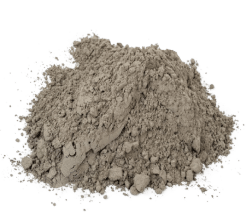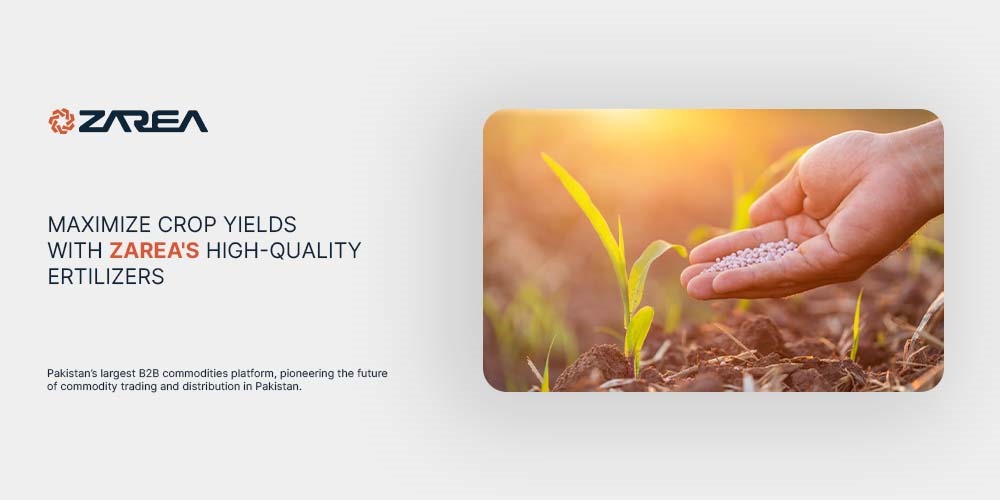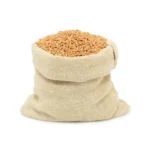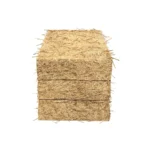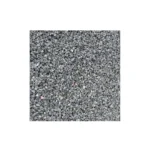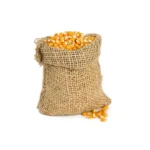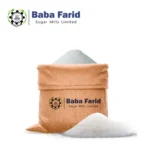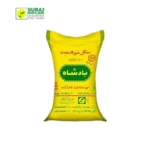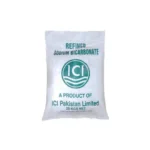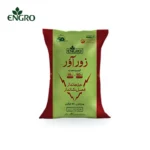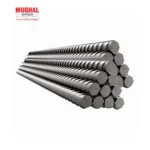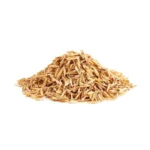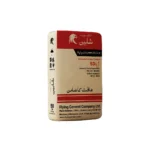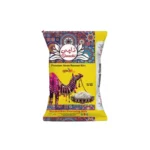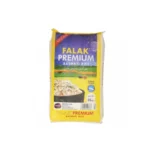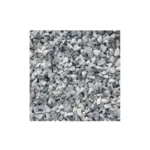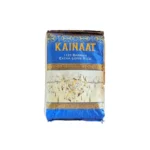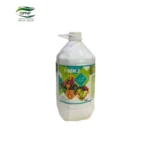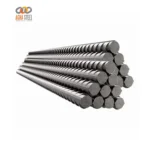Introduction – Crop Yields and Fertilizer Fundamentals:
Discover the important influence of high-quality fertilizers on crop yield and how Zarea’s specific solutions are designed to match farmers’ demands. The quantity of a crop collected per unit area of land is known as crop yield. Any area unit, including square feet, acres, hectares, or kilometres, can be used to calculate it. Typically, bushels per acre or kilogrammes per hectare are used to measure crop yield. One of the most important measures of a farmer’s effectiveness is crop yield. It’s the result of all the resources and efforts invested in growing plants in the field.
Welcome to our latest blog! Today, we’re delving into the vital field of fertilizers. You’ll understand why picking Zarea is a smart move for your farming endeavours when you look at the many kinds and advantages of fertilisers as well as our earlier discussions on the main fertiliser firms and their impact in Pakistan.
Understanding Fertilizers – Organic and Inorganic:
Fertilisers are vital materials that give plants the nutrition they need to grow and thrive. Both organic and inorganic fertilisers are available, and each has special advantages and applications. Compost, manure, and bone meal are examples of natural sources that are used to make organic fertilisers. They gradually release nutrients, improve soil quality, and boost water retention. Conversely, inorganic fertilisers are produced chemically and provide nutrients in specific, readily absorbed forms that can rapidly and dramatically increase crop yields.
The availability of nutrients, their effect on the environment, and their affordability distinguish organic fertilisers from inorganic ones. While synthetic fertilisers offer rapid nutritional benefits and are typically less expensive in the near term, organic solutions are more environmentally friendly and gradually increase soil health.
Why Choose Zarea’s Fertilizers?
Choosing the appropriate fertilizer is essential for attaining optimal crop production and eco-friendly agricultural methods. Here’s why Zarea stands out:
- Tailored Nutrient Solutions: Whether you need basic, bio, imported, or liquid fertilizers, Zarea provides options tailored to different soil types and crop requirements. This ensures your plants receive exactly what they need for optimal growth.
- Unmatched Quality and Efficiency: Zarea fertilizers are known for their consistent performance. This reliability means you can maintain soil fertility at peak levels, translating to better crop outputs.
- Dedicated Support: Our team offers expert advice to optimize your fertilizer use, helping you maximize efficiency and effectiveness.
Benefits of Using Zarea’s Fertilizers:
Choosing Zarea’s fertilizers brings several advantages:
- Higher Crop Yields: Our products are designed to make the plants healthier and more productive, meaning higher yields from harvests.
- Economic Efficiency: Good quality fertilizers mean less reapplication and minimal waste, thus giving full value for your money.
- Eco-Friendly Options: We are committed to sustainability. Our bio and liquid fertilizers help you farm more sustainably, reducing environmental impact.
Integrated Agricultural Solutions:
Considering ‘Top Fertilizer Companies in Pakistan‘ and the ‘Role of Fertilizers in Pakistan,’ one is conscious of the fact that Zarea stands at an edge to offer innovative and workable fertilizer solutions, keeping in consideration all the challenges and needs of the local farmers. Our fertilizers are not mere products; instead, they are whole packages that help in increasing yield and improve soil health gradually.
Explore Zarea’s Comprehensive Fertilizer Selection:
We are proud to offer a diverse range of fertilizers to suit any agricultural need:
- Basic Fertilizers: Essential for regular crop cycles, providing key nutrients.
- Bio Fertilizers: Utilize natural processes to boost soil fertility with minimal chemical use.
- Imported Fertilizers: Feature cutting-edge global agricultural innovations.
- Liquid Fertilizers: Offer precise nutrient application, quick integration into the soil, and immediate benefits.
Are you ready to boost your crop production? Click here to explore our fertilizers.
Conclusion:
Choosing Zarea’s high-quality fertilizers means investing in your crop’s future. Our tailored solutions, consistent quality, and dedicated customer support ensure that your agricultural practices yield better results, economically and environmentally. Join us at Zarea, where we provide more than just fertilizers; we deliver promises of growth and success. Visit zarea to learn more about how our products can transform your farming experience. Let’s grow together towards a more fruitful and sustainable future.
FAQ’s:
What is the crop yield?
Crop yields relate to the quantity of harvested output per unit area of land utilised for crop production. In many instances, yield data is not documented but is determined by dividing production data by the harvested area data. Precise yield information is essential for evaluating agricultural productivity and making educated choices regarding resource distribution. In order to increase productivity and sustainability, it helps farmers make the most of their resources, such as seeds, fertiliser, and water. Furthermore, reliable yield data is essential for policymakers to develop policies that ensure food security and address climate change-related challenges.
Why is yield important in crops?
Enhancements in crop yields have been crucial to sustain a rising population while simultaneously minimizing the environmental effects of food production. We can reduce the amount of land we use for farming by increasing crop productivity. Crop yields are increased in large part by modern agricultural technologies, such as genetically engineered crops and precision farming. Precision agriculture ensures efficient use of resources by enhancing planting, irrigation, and harvesting through the use of data and technology. By making genetically modified crops more resistant to pests and diseases, productivity can be increased and reliance on chemical inputs can be decreased.
How do you measure crop yield?
- Choose a section that accurately reflects the paddock.
- Perform this action 5 times to obtain an average of the yield (A)
- Count the amount of grains in a minimum of 20 heads or pods and calculate the average (B).
- Refer to Table 1 to identify the grain weight for the specified crop (C).
- Production in t/ha = (A × B × C) / 10,000.
What is a synonym for crop yield?
agricultural gains yield revenue production earnings returns profits turnout. Crop profits are essential for enhancing local economies by giving farmers income that they can utilize within their communities. This expenditure aids local enterprises, generates employment, and fosters economic development. Moreover, prosperous harvests can result in higher investment in agricultural infrastructure and services, further bolstering the local economy.
What is the crop yield index?
Crop yield is a typical measure of the quantity of agricultural output gathered per unit of land area. In the United States, bushels, tonnes, or pounds per acre are the usual units of measurement for cereals, grains, or legumes. Crop yields have increased dramatically as a result of agricultural technology advancements including genetically modified organisms (GMOs) and precision farming. By enhancing field management through data analysis and GPS technology, precision agriculture makes sure that resources like fertiliser and water are used effectively. Furthermore, GMOs are designed to be more resilient to environmental problems and pests, which increases yields and lowers losses.
